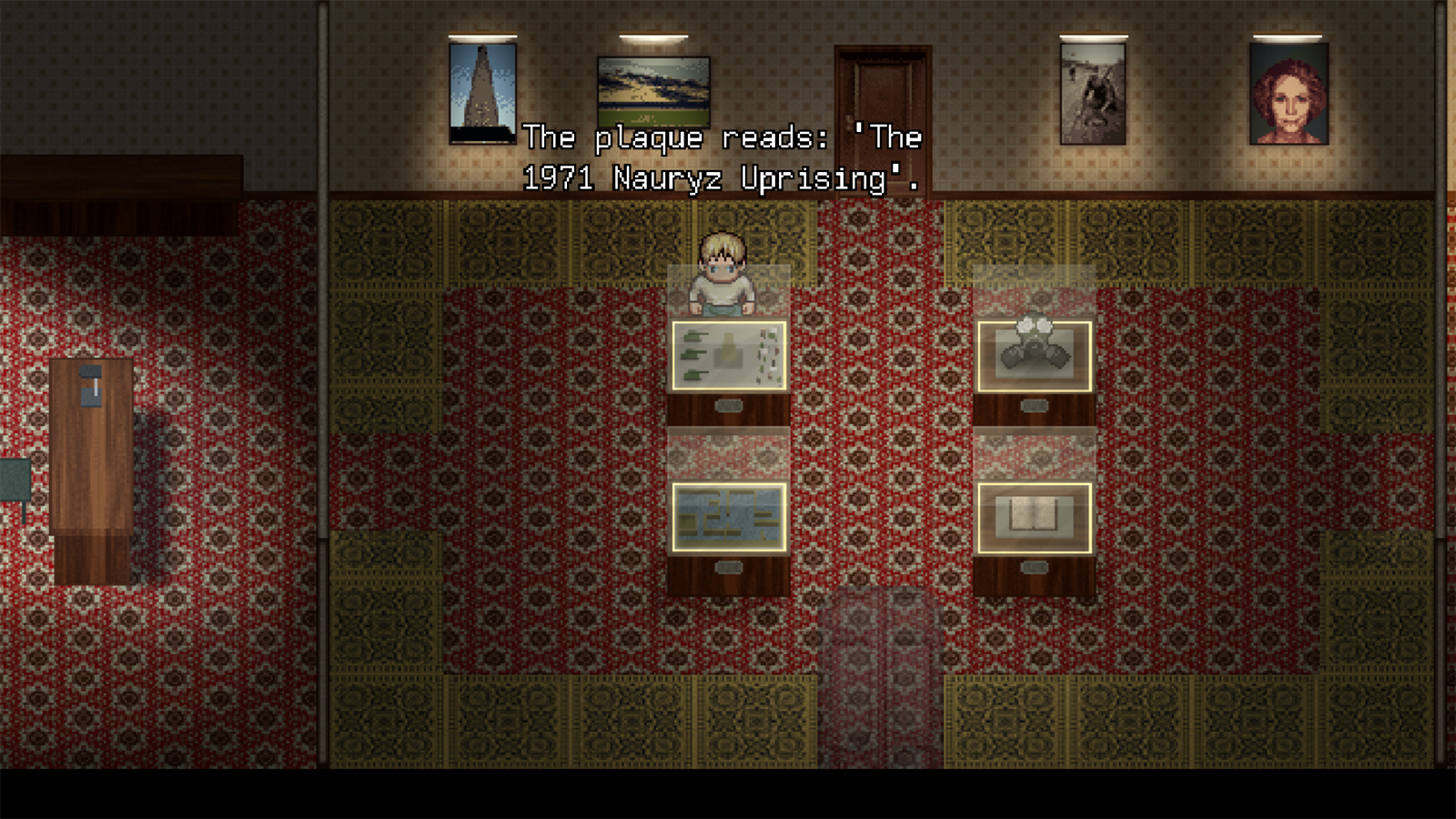

There are various methods for maintaining or enhancing balance and some of the common therapeutic techniques include tango dance, yoga, tai chi, and video games. Disturbed balance, which is another reason for falling in elderly people, has been defined as the disability for maintaining balance and alterations in body consistency at the center. Disturbed balance results in the fear of falling in elderly people, which can lead to impaired daily activities and diminished quality of life. In addition to the fear of falling, impaired balance is one of the most prevalent reasons for falling amongst elderly people.

Consequently, the quality of life decreases and a low-mobility lifestyle occurs. Fear of falling results in limitations in physical activities, which might be followed by falling. Studies have indicated that about half of elderly individuals have experienced falling at least once. Fear of falling is one of the common problems in elderly people and is more frequently observed in individuals with an experience of falling, impaired balance, low social activities, depression, and weak autonomy. Fear of falling and impaired balance are known as the adjustable risk factors of falling in old people. įalling in elderly individuals is affected by diverse factors, some of which can be balanced, while some cannot. Fracture, performance limitations, traumatic injuries to the brain, disability, extra expenses, and mortality are among the most important sequels of falling. According to the literature, falling among elderly people imposes heavy expenses both directly (medical) and indirectly (non-medical) on people and the society. Falling is among the reasons for injury and death in elderly individuals, as one out of every three people over 65 years old and one out of every two individuals over 80 years old experience falling during a year. One of the problems associated with a longer lifetime is falling. Elevated life expectancy has in turn led to a diminished mortality rate, an augmented lifetime, and problems concerning the quality of life among elderly people. As a result, life expectancy has increased throughout the world and the world population has moved towards getting old. In the recent decades, advances have been made in medicine, technology, and public health and the knowledge of people about health, nutrition, and education has improved. ConclusionĪccording to the results of the present investigation, 6 weeks of VR balance exercises could enhance balance and fear of falling among elderly people living in nursing homes.

Moreover, the score of fear of falling diminished significantly in the intervention group compared to the control group (p < 0.001). The findings of the current study demonstrated that the scores of BBS and TUG test as the indices of balance among elderly people improved significantly in the Xbox group after the intervention ( p < 0.001 for both BBS and TUG test). The research tools used in this study included a demographic questionnaire, the Berg Balance Scale (BBS), the Timed Up and Go (TUG) test, and the Falling Efficacy Scale (FES). The individuals in the control group, on the other hand, received routine exercises of the nursing homes. The participants in the intervention group received VR exercises based on Xbox Kinect in form of two 30–45-min sessions held on a weekly basis for 6 weeks.
#Virtual reality falls on face trial#
This clinical trial was performed on 60 elderly individuals living in nursing homes divided into two groups of control and Xbox. The present study aimed to investigate the impact of Virtual Reality (VR) exercises based on Xbox Kinect on balance and fear of falling among elderly people. Therefore, evaluation of low-risk methods that might partially improve balance in this group of people is of utmost importance. Deficient balance and fear of falling in elderly people can lead to disturbed daily activities, falling, and finally reduced quality of life.


 0 kommentar(er)
0 kommentar(er)
